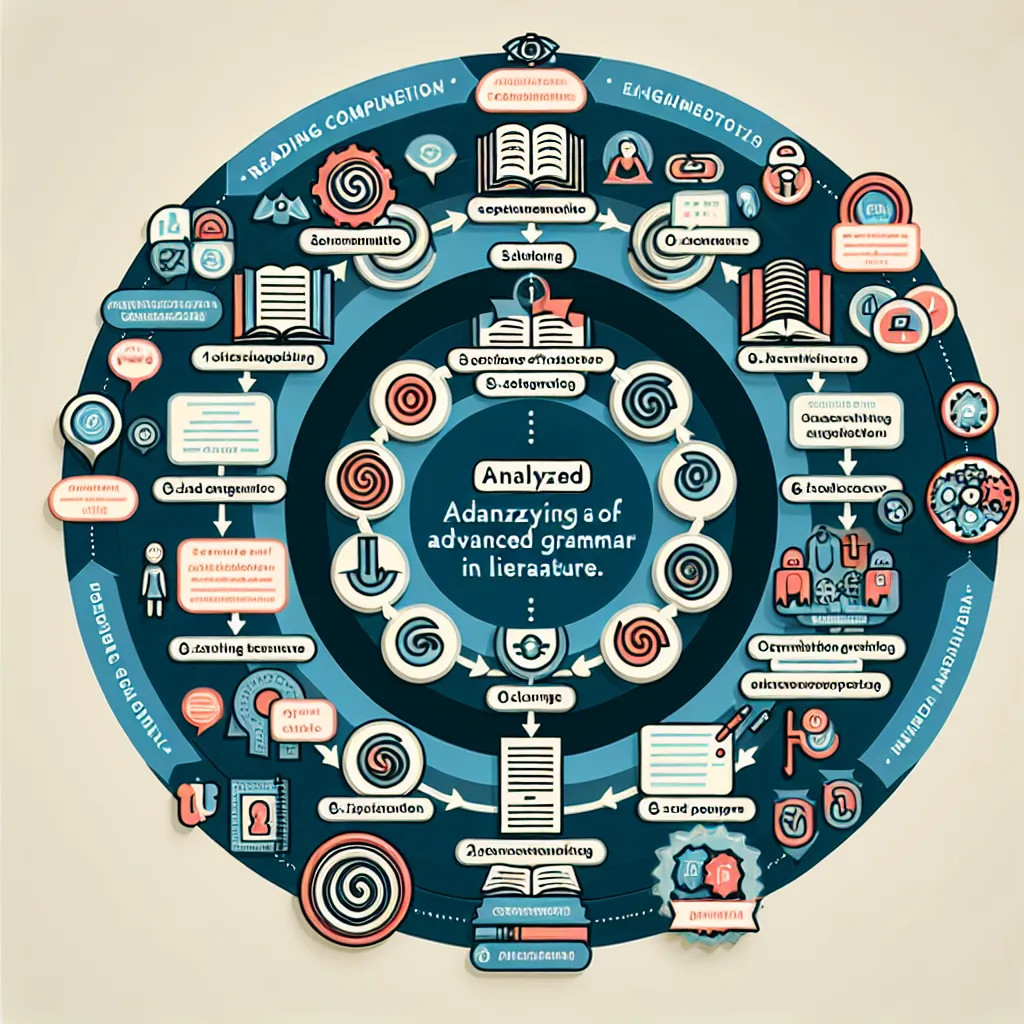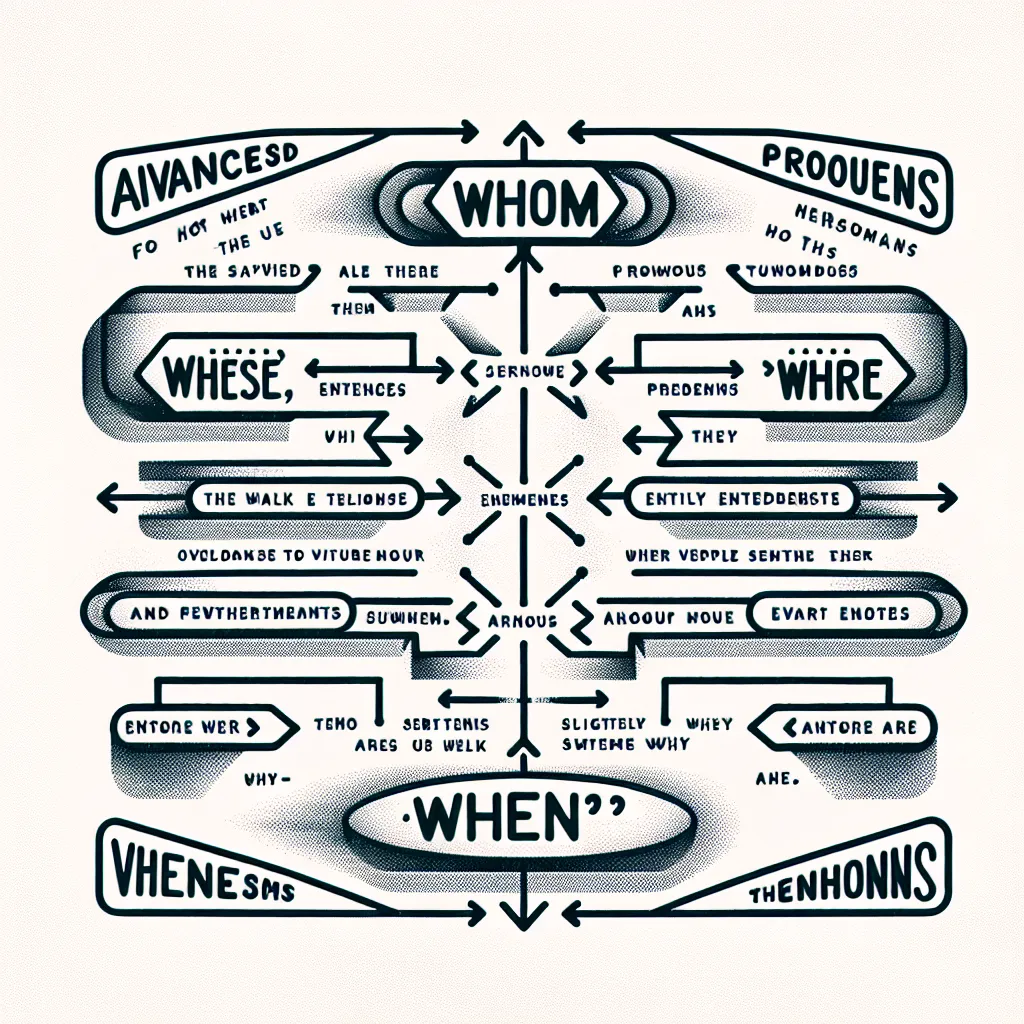In the realm of literary studies, mastering advanced grammar is crucial for in-depth analysis and interpretation. This article explores the intricacies of advanced grammar in literature, providing valuable insights for students, scholars, and literature enthusiasts alike.
Understanding the Importance of Advanced Grammar in Literary Analysis
Advanced grammar is the backbone of sophisticated literary analysis. It enables readers to dissect complex sentence structures, identify subtle nuances, and uncover deeper meanings within texts. By understanding advanced grammatical constructions, literary analysts can better appreciate the author’s stylistic choices and their impact on the overall narrative.
 Advanced Grammar Tools for Literary Analysis
Advanced Grammar Tools for Literary Analysis
Key Grammatical Concepts for Literary Analysis
-
Syntactic Parallelism: This technique involves using similar grammatical structures in successive phrases or sentences to create rhythm and emphasize ideas. For example, in Charles Dickens’ “A Tale of Two Cities”:
“It was the best of times, it was the worst of times, it was the age of wisdom, it was the age of foolishness…”
-
Inverted Syntax: Authors often invert the typical subject-verb-object order for dramatic effect or to highlight specific elements. Shakespeare’s Yoda-like construction in “Macbeth” is a prime example:
“Fair is foul, and foul is fair.”
-
Polysyndeton and Asyndeton: These contrasting techniques involve the deliberate use or omission of conjunctions. Ernest Hemingway’s “A Farewell to Arms” demonstrates asyndeton:
“If people bring so much courage to this world the world has to kill them to break them, so of course it kills them.”
-
Anaphora and Epistrophe: These rhetorical devices involve repetition at the beginning (anaphora) or end (epistrophe) of successive clauses. Martin Luther King Jr.’s “I Have a Dream” speech famously uses anaphora:
“I have a dream that one day… I have a dream that one day…”
-
Subjunctive Mood: Often used to express hypothetical or contrary-to-fact situations, the subjunctive mood is crucial in analyzing characters’ desires and alternate realities. Consider this line from “The Great Gatsby” by F. Scott Fitzgerald:
“If it weren’t for the mist we could see your home across the bay.”
Applying Advanced Grammar in Literary Analysis
To effectively apply advanced grammar in literary analysis, follow these steps:
- Identify the grammatical structure: Recognize unique syntactic patterns or unusual word orders.
- Consider the context: Analyze how the grammatical choice relates to the surrounding text and overall theme.
- Examine the effect: Determine how the grammatical structure impacts the reader’s understanding or emotional response.
- Compare with standard usage: Consider why the author chose this particular construction over more conventional alternatives.
- Link to literary devices: Connect the grammatical choices to other literary techniques employed in the text.
 Advanced Grammar Analysis Process
Advanced Grammar Analysis Process
Advanced Grammatical Techniques in Famous Literary Works
Let’s explore some examples of advanced grammar in well-known literary works:
-
Stream of Consciousness: James Joyce’s “Ulysses” is renowned for its use of stream of consciousness, which often disregards conventional grammar:
“…yes and his heart was going like mad and yes I said yes I will Yes.”
-
Fragmented Sentences: Ernest Hemingway’s “The Old Man and the Sea” uses fragmented sentences to create a terse, powerful style:
“But man is not made for defeat. A man can be destroyed but not defeated.”
-
Compound-Complex Sentences: Virginia Woolf’s “Mrs. Dalloway” employs intricate sentence structures to mirror the complexity of thought:
“She had the perpetual sense, as she watched the taxi cabs, of being out, out, far out to sea and alone; she always had the feeling that it was very, very dangerous to live even one day.”
-
Subjunctive Mood in Conditional Statements: Jane Austen’s “Pride and Prejudice” uses the subjunctive to explore hypothetical scenarios:
“If you were to give me forty such men, I never could be so happy as you.”
-
Non-Standard Dialects: Mark Twain’s “Adventures of Huckleberry Finn” employs non-standard grammar to capture authentic dialects:
“You don’t know about me without you have read a book by the name of The Adventures of Tom Sawyer; but that ain’t no matter.”
Enhancing Your Advanced Grammar Skills for Literary Analysis
To improve your advanced grammar skills for literature analysis, consider the following strategies:
-
Read extensively: Expose yourself to a wide range of literary styles and periods to familiarize yourself with diverse grammatical constructions.
-
Study linguistic theories: Familiarize yourself with concepts from linguistics, such as transformational grammar and discourse analysis.
-
Practice close reading: Analyze short passages in detail, focusing on grammatical structures and their effects.
-
Utilize grammar resources: Consult advanced grammar guides and stylistic manuals specifically designed for literary analysis.
-
Join discussion groups: Engage in literary discussions to share insights and learn from others’ perspectives on grammatical analysis.
For more in-depth strategies on improving your English skills through storytelling, check out our article on Strategies for Mastering English through Storytelling.
Common Pitfalls in Advanced Grammar Analysis
When analyzing advanced grammar in literature, be aware of these common mistakes:
-
Overanalyzing: Not every grammatical choice is significant. Focus on patterns and choices that clearly impact meaning or style.
-
Ignoring context: Always consider the historical and cultural context of the work when analyzing grammatical choices.
-
Misinterpreting archaisms: Be cautious when analyzing older texts, as what may seem like unusual grammar could be standard usage for the period.
-
Neglecting author’s style: Remember that some grammatical “errors” may be intentional stylistic choices.
-
Forgetting the big picture: While detailed analysis is important, don’t lose sight of how grammatical choices contribute to the overall work.
Next Steps in Your Literary Analysis Journey
To further develop your skills in Advanced Grammar For Literature Analysis:
-
Create a grammar journal: Keep notes on interesting grammatical structures you encounter in your reading.
-
Analyze different genres: Compare grammatical techniques across various literary genres, from poetry to prose.
-
Write analytical essays: Practice applying your knowledge by writing essays that focus on grammatical analysis of literary works.
-
Explore comparative analysis: Study how different authors use similar grammatical techniques to achieve varying effects.
-
Attend literary workshops: Participate in workshops or seminars that focus on advanced grammar in literature.
For additional insights on advanced grammar in different contexts, you might find our article on Advanced Grammar for Scientific Discourse helpful in broadening your understanding.
Conclusion
Mastering advanced grammar for literature analysis is a journey that requires dedication, practice, and a keen eye for detail. By understanding complex grammatical structures and their effects, you can unlock deeper layers of meaning in literary works and appreciate the artistry of language on a whole new level. Remember, the goal is not just to identify grammatical constructions, but to understand how they contribute to the overall impact and significance of the text.
We encourage you to apply these insights to your next literary analysis and share your experiences in the comments below. Happy analyzing!




